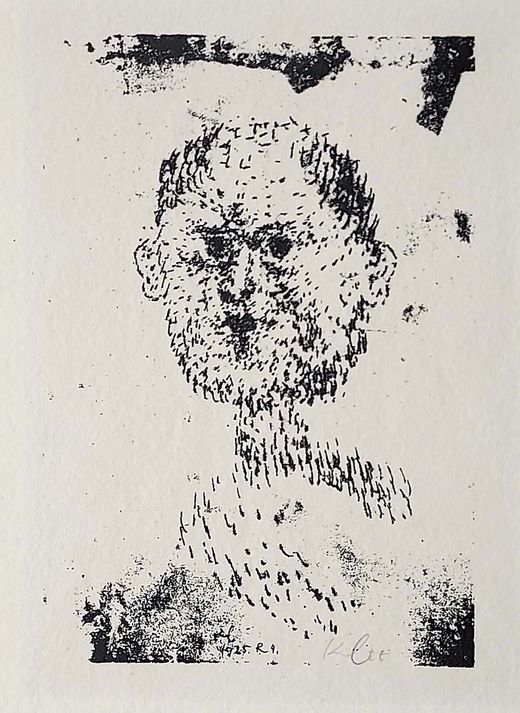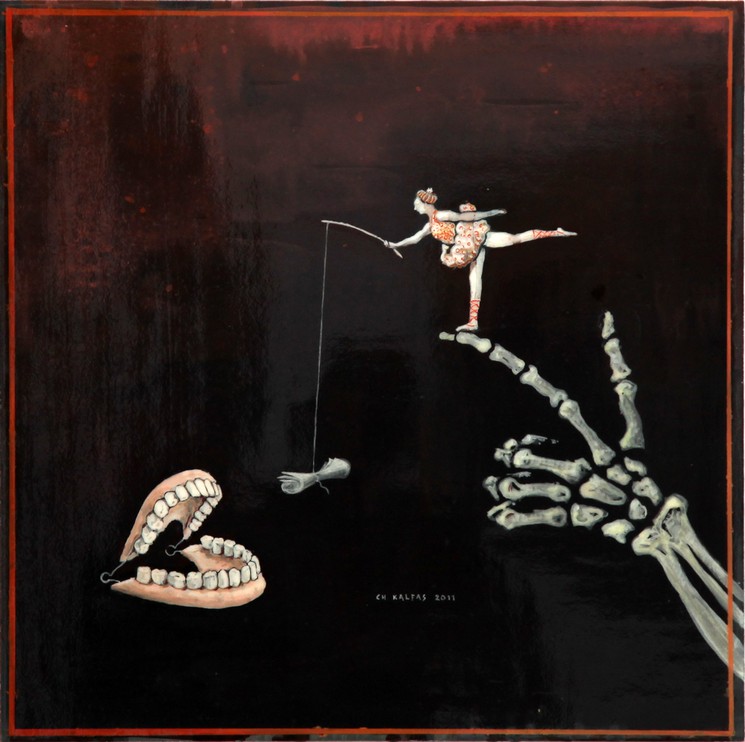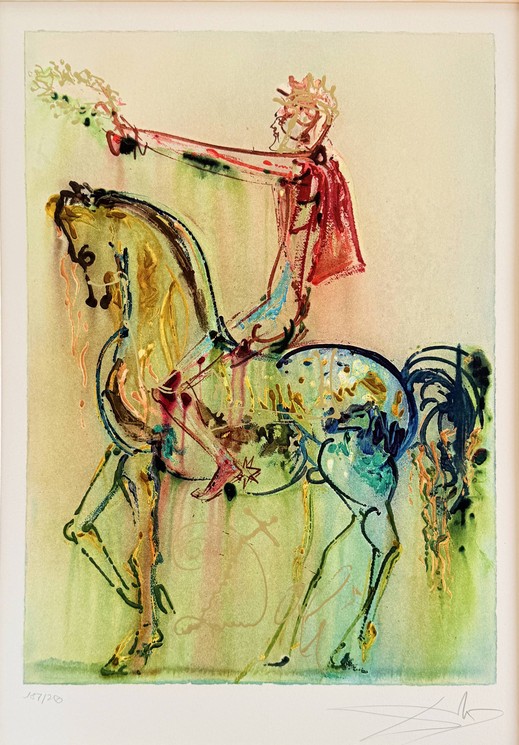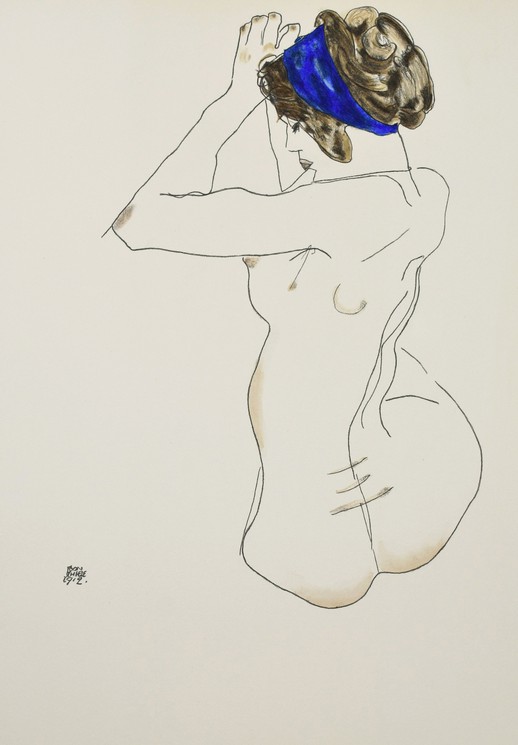

Art does not reproduce the visible; rather, it makes visible.
Biography
Paul Klee, a 20th century painter who defied classification, was born in Germany in 1879. His work showed its influence as early as 1917 and gave art critics a hard time. He settled in Munich in 1898 where he studied at Heinrich Knirr's drawing school and then later at the Academy. He travelled in Europe, Italy and France and joined the Bern School of Fine Arts. His work appears in the greatest museums across the world such as The Met, the MoMA, the Guggenheim Museum in New York, and the Georges Pompidou Centre in Paris, etc.
His work is intuitive, which makes it very difficult to describe. Through the poetic titles, you can feel the sensitivity of the painter, according to whom « art does not reproduce the visible, it makes the visible ». His teaching on the violin also developed the poetry of his art, in the same way as the opera and theatre that he was passionate about. Somewhere between several movements; abstract art, surrealism, cubisim and Bauhaus, he listened to their vision without ever settling for just one in order to enjoy his creative autonomy. He met Kandinsky, with whom he founded "Die Blaue Vier" and they exhibited together in the United States.
Teaching was also part of his career, he became a teacher in 1920 at Weimar's prestigious Bauhaus, founded by Walter Gropius, as well as at the Düsseldorf School of Fine Arts. He used various different techniques, such as watercolour, chalk, collage, modelling plaster, and painting under glass on miniature canvasses. He used pieces of his other works to create new ones.
He was forced to leave Düsseldorf, driven out by the Nazis, and retired to Switzerland in 1934. He asked for a Swiss nationality, but a federal councillor blocked his candidacy, because he felt that the artist had put too many cows in a little meadow on a canvas, insinuating that the Swiss did not have enough pastureland. He died in 1940, and got his Swiss nationality several days afterwards...
Nationality
Artistic movements
Discover the movements linked to Paul Klee
Jean Dubuffet

Bernard Buffet

Christos Kalfas

Max Ernst

Salvador Dali

Francis Bacon

Egon Schiele

Peter Doig










